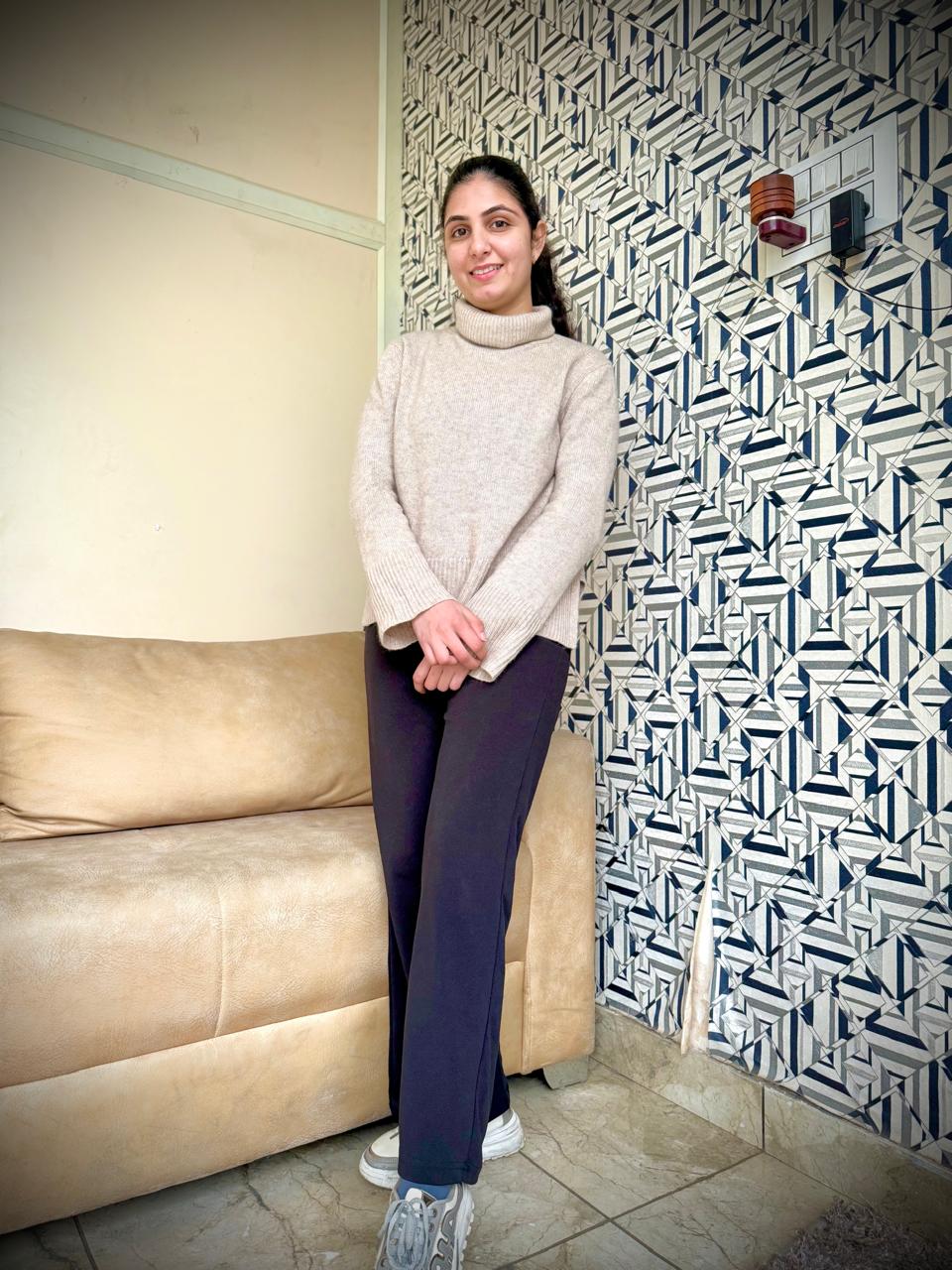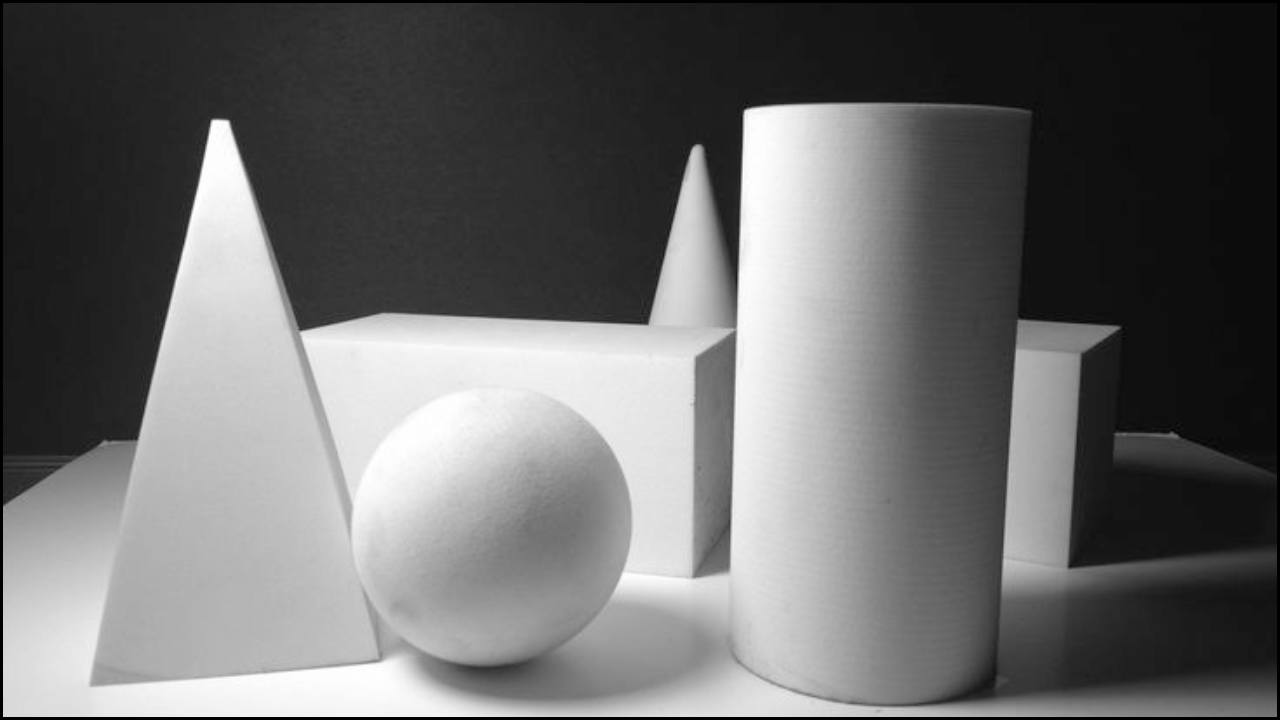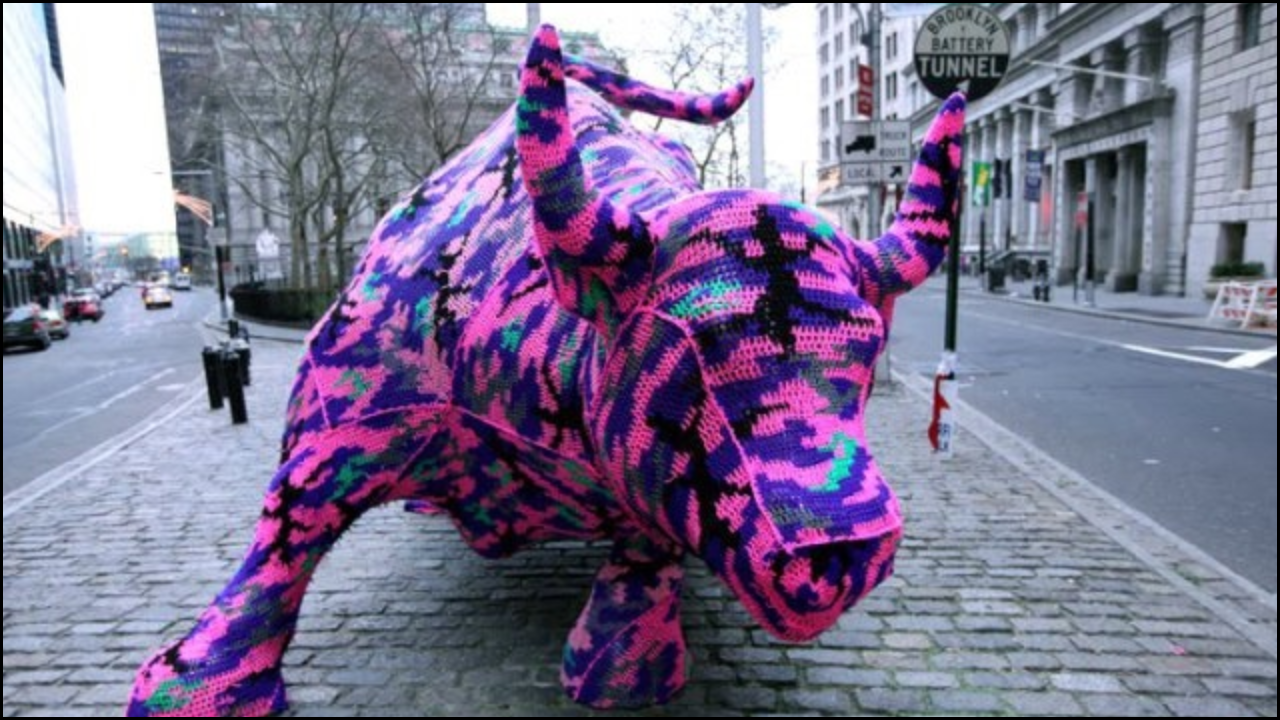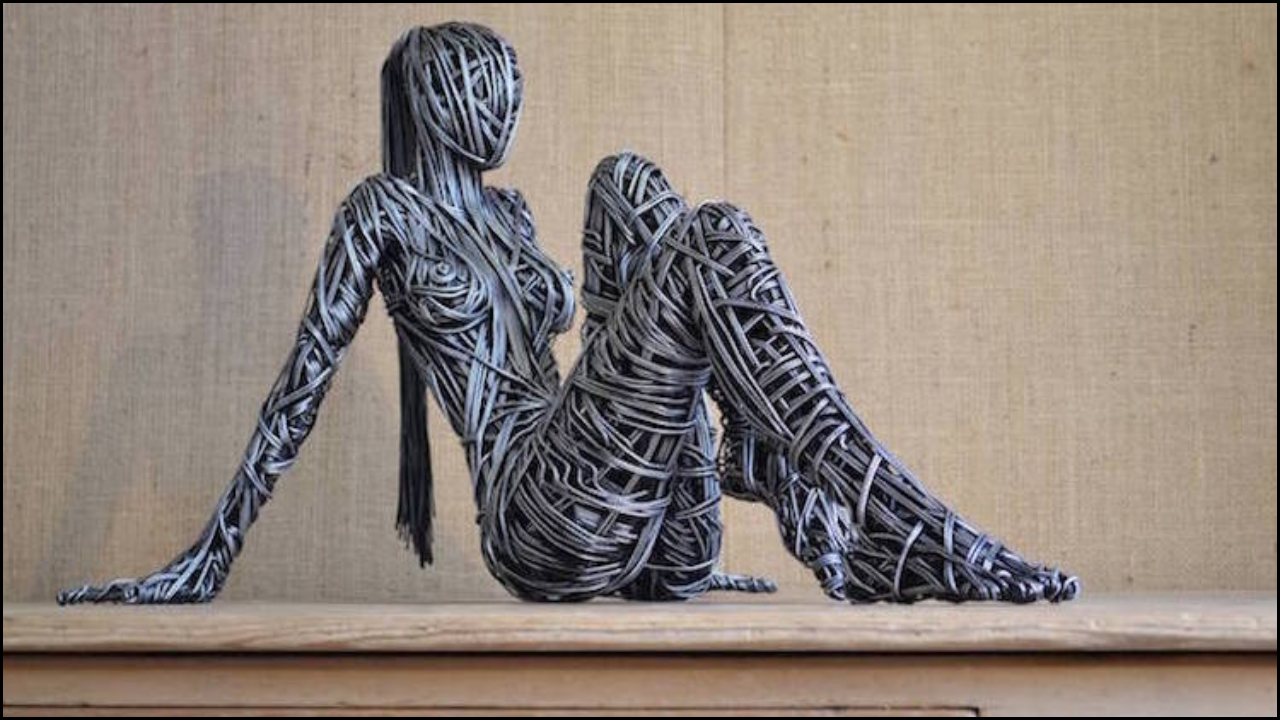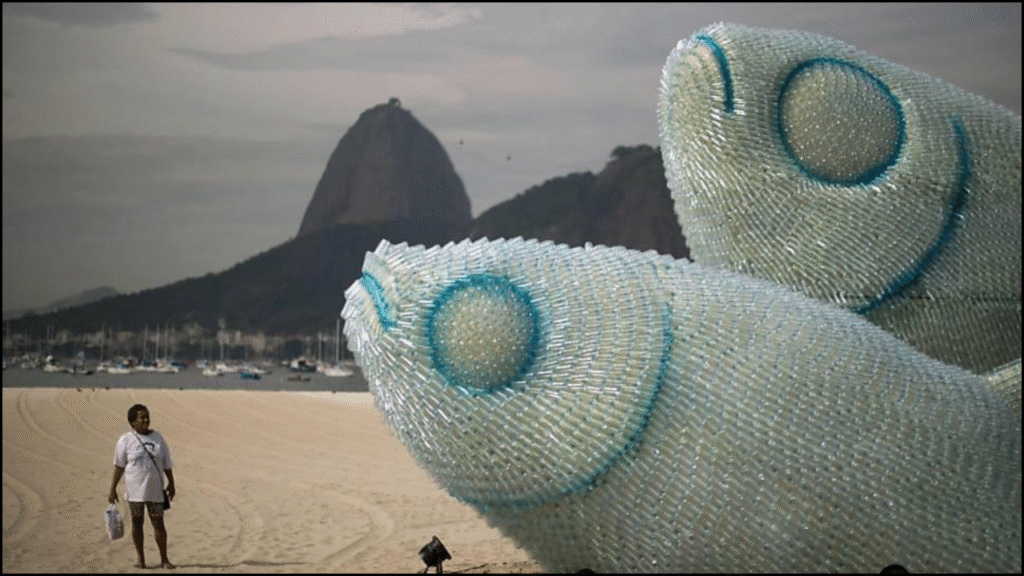
Art has always reflected society’s values, struggles, and aspirations. The increasing focus on sustainability has inspired many artists to explore recycled materials as mediums of creative expression. Recycled textiles, once discarded as waste, now find new life in paintings, sculptures, installations, and wearable art. Textile-based art demonstrates that fabric can transcend its original function and become a powerful commentary on consumption, waste, and environmental responsibility. The use of recycled textiles not only reduces landfill burden but also celebrates creativity rooted in ethical choices.
Table of Contents
Why Recycled Textiles Matter in Art
- Environmental Protection: Textiles contribute significantly to global waste. Reusing them in art reduces pollution.
- Resource Efficiency: Recycling saves water, energy, and raw materials otherwise used in textile production.
- Cultural Preservation: Old fabrics often carry cultural stories, patterns, or traditional weaving methods.
- Artistic Innovation: Unconventional textures and patterns inspire new creative approaches.
- Economic Opportunity: Artists can create affordable yet impactful works while spreading awareness.
Forms of Textile-Based Sustainable Art
Artists use recycled textiles in diverse forms, ranging from fine art to functional designs.
- Textile Collage: Layers of fabric stitched or glued together to create visual narratives.
- Fabric Sculpture: Three-dimensional works crafted using discarded cloth, ropes, or threads.
- Wearable Art: Clothing or accessories designed from waste textiles, merging fashion with sustainability.
- Mixed Media Installations: Large-scale exhibits combining fabric with wood, metal, or digital elements.
- Quilting and Patchwork: Traditional craft methods revived with modern recycled materials.
Processes Artists Use in Textile Recycling
Artists often rely on innovative yet practical techniques to repurpose fabric.
- Cutting and Layering: Old clothes are cut into patterns and layered for depth.
- Weaving and Braiding: Strips of fabric are woven into rugs, wall hangings, or decorative pieces.
- Dyeing and Printing: Natural dyes refresh faded fabrics and introduce new designs.
- Stitching and Embroidery: Hand or machine embroidery adds detail to old cloth.
- Felting: Wool scraps are compressed to create textured surfaces.
Notable Examples of Artists Using Recycled Textiles
- El Anatsui (Ghana/Nigeria): Renowned for large installations made from discarded bottle caps and textiles, symbolizing waste and cultural memory.
- Faith Ringgold (USA): Known for narrative quilts combining African-American traditions with recycled fabrics.
- Lucy Sparrow (UK): Creates life-sized installations from felt, often made from recycled materials.
- Clare Hewitt (Australia): Incorporates old garments into contemporary textile art pieces.
- Community Artisans in India: Rural groups create patchwork, rugs, and wall art using textile leftovers from garment factories.
Benefits of Creating Art with Recycled Textiles
- Environmental Impact: Reduced textile waste in landfills.
- Cultural Value: Storytelling through old garments that hold personal or collective memory.
- Educational Role: Spreading awareness about sustainable living.
- Accessibility: Low-cost materials make art more inclusive.
- Aesthetic Diversity: Rich textures and unpredictable patterns enhance creativity.
Challenges Artists Face
- Material Quality: Recycled textiles may be worn out or fragile.
- Preservation Issues: Old fabrics deteriorate faster than traditional art media.
- Public Perception: Some audiences undervalue recycled art, seeing it as “less professional.”
- Time-Intensive Processes: Preparing, cleaning, and reworking fabric takes effort.
- Market Limitations: Commercial art buyers may prefer conventional media.
Comparison of Conventional vs. Recycled Textile Art
| Aspect | Conventional Textile Art | Recycled Textile Art |
|---|---|---|
| Source of Material | Newly manufactured fabrics | Discarded, reused, or upcycled textiles |
| Environmental Impact | High carbon footprint due to production | Lower footprint, promotes waste reduction |
| Cultural Connection | Often disconnected from personal stories | Strong ties to memory, heritage, and identity |
| Cost | Relatively expensive due to raw materials use | Affordable, as materials are readily available |
| Artistic Appeal | Polished and refined | Raw, textured, and experimental |
Community and Educational Projects
Recycled textile art often extends beyond individual practice to collective initiatives.
- Workshops for Children: Teaching kids to reuse cloth fosters sustainable habits.
- Community Quilts: Groups stitch together fabric scraps to tell local stories.
- NGO Projects: Nonprofits use textile art as a livelihood source for women.
- Exhibitions and Festivals: Public platforms spread awareness through art displays.
- University Programs: Art schools integrate recycled textile projects into curricula.
Global Initiatives Supporting Recycled Textile Art
| Region | Initiative | Focus |
|---|---|---|
| Europe | Textile Recycling Art Festivals | Highlighting creative reuse in contemporary art |
| North America | Eco-Art Residencies | Providing space for artists to work sustainably |
| Asia | Craft Revival Programs | Using textile scraps for cultural preservation |
| Africa | Community-Based Textile Installations | Combining social awareness with local identity |
| Australia | University Sustainable Design Workshops | Promoting eco-friendly textile innovation |
Future Directions of Recycled Textile Art
- Integration with Technology: Digital printing on recycled fabrics expands creative options.
- Sustainable Fashion Fusion: Designers collaborate with artists to merge clothing with art.
- Circular Economy Models: Textile art becomes part of larger recycling industries.
- Museum Recognition: Increasing acceptance of recycled materials in galleries and museums.
- Global Collaboration: Artists across cultures unite for sustainability-themed exhibitions.
Future Possibilities in Recycled Textile Art
| Future Trend | Impact on Art and Society |
|---|---|
| Tech-Enhanced Fabric Art | Merges sustainability with digital creativity |
| Cross-Disciplinary Design | Bridges fashion, art, and sustainability industries |
| Circular Economy Inclusion | Encourages industries to repurpose textile waste |
| Mainstream Recognition | Validates recycled art as equal to traditional art |
| Global Networking | Creates cultural dialogue on sustainability |
Looking Ahead
Sustainable art crafted from recycled textiles reflects both ecological awareness and creative ingenuity. Artists transform waste into works that provoke thought, preserve culture, and inspire sustainable practices. The growing global interest in textile recycling demonstrates that fabric holds value far beyond its original use. Recycled textile art not only supports environmental protection but also provides an innovative pathway for storytelling, education, and cultural connection. By embracing these practices, society can see art as both an aesthetic experience and a sustainable responsibility.

